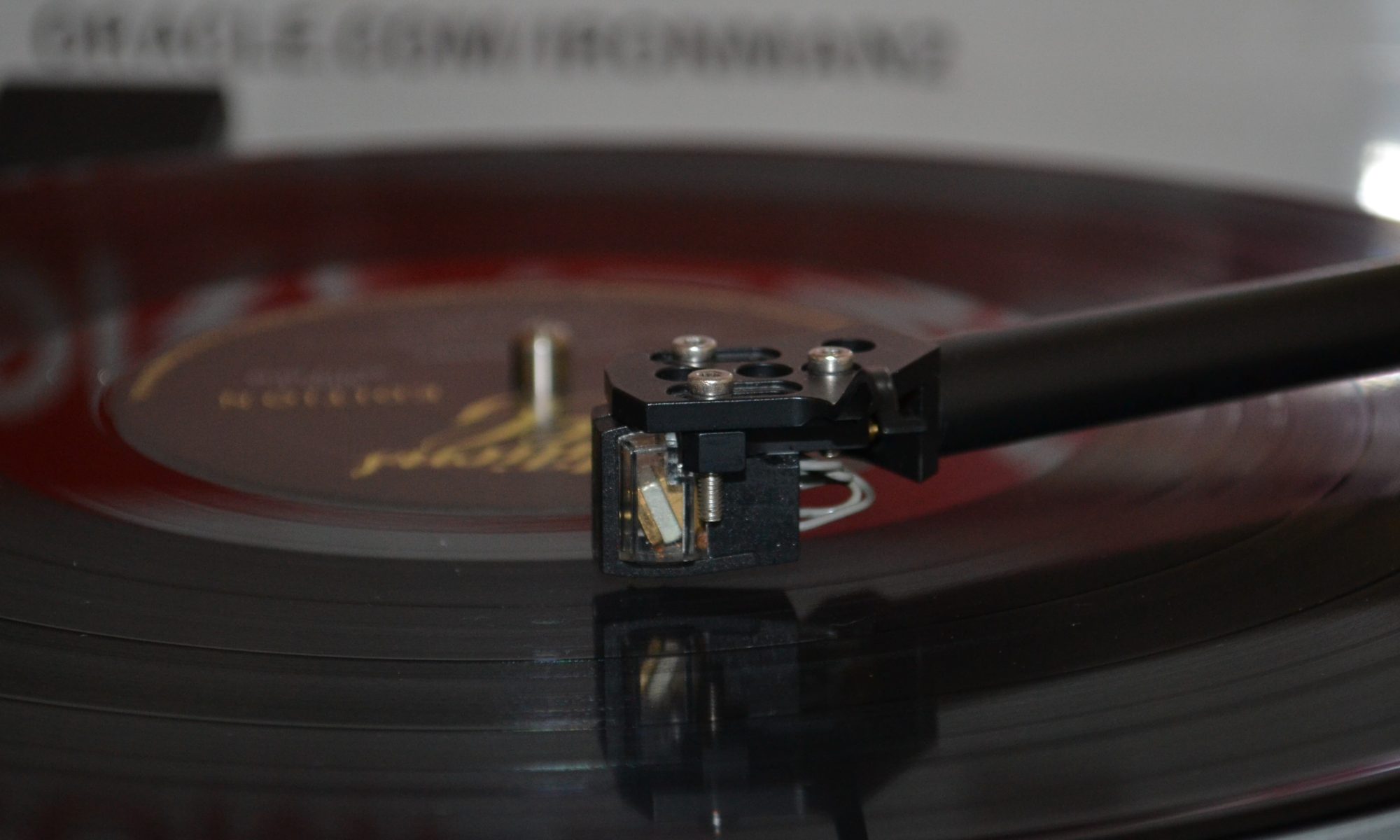For sure it’s been a while! Between the Pandemic lock down and new job responsibilities I have not made up enough time to post something but after so many months I finally allotted some to say hello.
The Pandemic has brought new energy to the vinyl enthusiasts! People are spending so much time locked down at their homes (thanks God restrictions are now being slowly lifted) that they are looking for ways to make this time more enjoyable, and there is nothing more enjoyable than sitting down to listen to music from your favorite LPs with you favorite beverage in one hand and in good company!!! It is incredible the number of new turntable enthusiasts that have contacted me to set up their new turntables or existing enthusiasts spending some money to maintain / upgrade their turntables and keep them in tip-top shape.
About two weeks ago I received a call from a new customer, a referral from one of my associates, asking me if I could set up his new $12,000+ turntable system (Dr. Feickert Woodpecker, Kuzma 4-Point tonearm, Hana ML phono cartridge, and Gold Note PH-10 phono stage with PSU-10 power supply). I gladly said yes even though I’ve never had set up one of these, but a little bit of research gave me the tools and insight to do it, and I love challenges!
The Dr. Feickert Woodpecker is a belt driven turntable made in Germany which uses an inverted magnetic oil-bathed bearing. It’s simplicity is astounding, but hidden within is all the electronics required to ensure that the main platter rotates at 33, 45, and 78 revolutions per minute (RPM). Yes, 78 RPM! It’s been years since I’ve seen a turntable supporting that rotational speed.

The Kuzma 4-Point tonearm is made in Hungary. Kuzma started business back in 1982 establishing its reputation in the market with the Kuzma Stabi turntable. The Kuzma 4-point tonearm is an exercise in precision engineering, finish is excellent, and it is more than comparable with more expensive tonearms from other brands. Craftsmanship is excellent and setting it up is relatively simple.

The Hana ML moving coil cartridge is one of the offerings by Excel Sound Corporation in Japan. Hana has made its name in just a few years but its background and DNA goes back more than 50 years, being Excel the OEM phono cartridge designer and manufacturer for a significant number of companies, some of which names may not be even known in the western hemisphere.

The Gold Note PH-10 is a phono stage made in Italy. It has established its reputation as a audiophile level phono stage at a relatively low price when compared with other phono stages in the market. What caught my attention is that all settings are done via a color screen and a single knob. Push the knob for 3 seconds and the unit powers on, rotate it either way to move the screen icon to highlight an specific option, push the knob to select the option, rotate the knob to change the option, push it again to set it and save it. Its that simple. One interesting setting is the equalization curve. As you may know all of today’s LPs and most ones since 1954 have been mastered using what is known as the RIAA (Recording Industry Association of America) Equalization Curve. The purpose of this equalization curve is to permit greater recording times (by decreasing the mean width of each groove), to improve sound quality, and to reduce the groove damage that would otherwise arise during playback. Before RIAA was adopted there were two other equalization curve schemes used by mastering studios, the Decca-London and the American-CBS-Columbia equalization curves. Having these options in the PH-10 allow LP pre-1954 LP collectors to apply the corresponding equalization curve with the touch of a button, a nice feature, but I don’t think many people will use it, just my humble opinion. There are two phono inputs so you can connect two turntables to the PH-10, and each input can be individually set for moving coil or moving magnet phono cartridges, and their respective impedance and capacitance options. Included with the PH-10 was the PSU-10, an optional external 24-volt power supply to enhance the PH-10 performance.

Once everything was set up we spent about an hour listening to a few records. His system is tube-based and as many may know, I’m not a tube system fan. Incredibly, the music was very involving and dynamic, something I’ve never experienced while listening music though a tube system. Hmmm, has something changed throughout the years that I don’t know?
Food for thought…
Enjoy!
Vic

